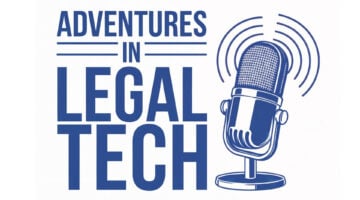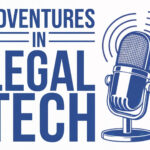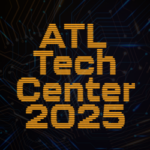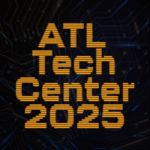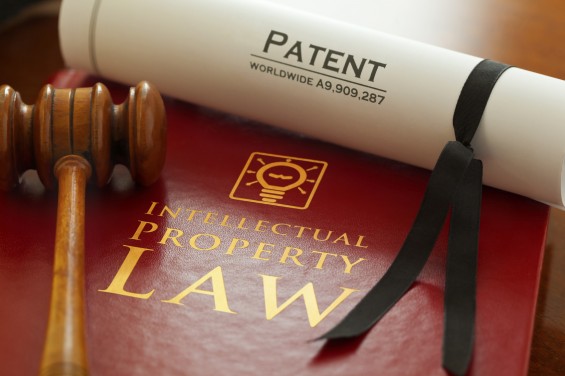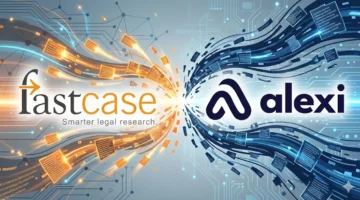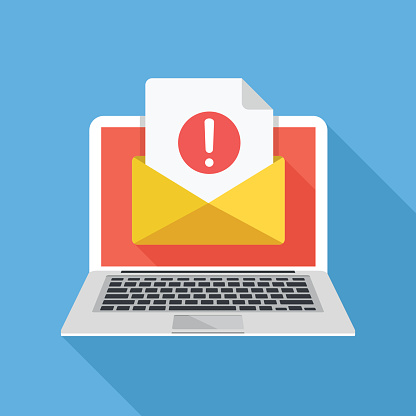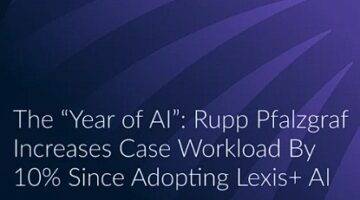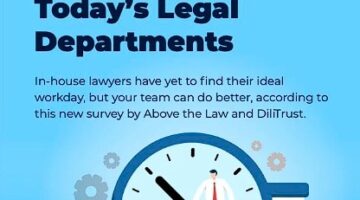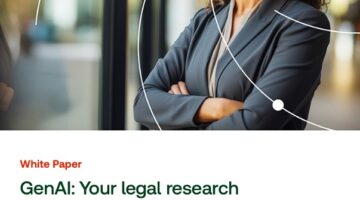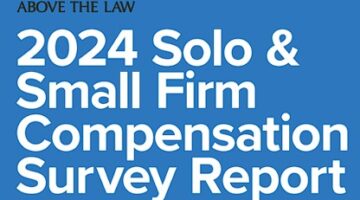

From Cost Center To Value Engine: Patent Management In The AI Era
Findings from a recent survey by Tradespace and Above the Law.

Less Hours Worked & Fewer Lawyers Needed: Dealing With The New AI Reality
There’s no escaping the possibility that AI tools may reduce the time needed to be spent, billable hours, and correspondingly, profit and revenue.

Trump’s ‘Great Healthcare Plan’ Aims To Cut Costs, But Details Are Sparse, Execs Say
Healthcare executives say the proposal lacks sufficient detail to assess whether it would meaningfully reduce costs.

Morning Docket: 01.20.26
* ICE refusing to grant detainees access to legal counsel. “Imagine the chaos,” one agent said, describing the bare minimum of a constitutional society. [ABC News]
* DOJ Civil Rights chief threatens to charge Don Lemon under the KKK Act. [NBC News]
* After state defections, ABA’s law school accreditation council reminds everyone that it’s independent of the ABA. [ABA Journal]
* “What Happened To Pam Bondi?” asks this deep dive about a woman who fought hurricane victims because she wanted to take away their dog for herself. [The Atlantic]
* Former judges announce new initiative to save the leal profession’s dignity. Looking through this roundup, it’s possible the damage is already done. [NY Times]
* In-house counsel expect cybersecurity suits. [Corporate Counsel]
* Supreme Court will take up Roundup verdict. [Law360]

Partnerships, Legal Education, Marriages… Lawyers Were Destroying Everything Last Week — See Generally
Another Biglaw Single-Tier Partnership Falls: The path to upward mobility got a little narrower.
Florida And Texas Take Over Legal Education From The ABA: Both states have made abundantly clear that their schools are headed for a dumpster fire.
Former Senator Turned Biglaw Lawyer Sued For Ruining A Marriage: The complaint reads less like a legal dispute and more like a prestige HBO drama. Well… STARZ drama anyway..
Supreme Court Hacked, Which Tracks: America’s highest court might want to consider changing its password to something harder than “12345.”
Former Biglaw Associate Who Refused To Bend The Knee Earns Top Honor: Above the Law readers select lawyer who chose principle over prestige as 2025 Lawyer of the Year.
Lindsey Halligan Responds To Illegal Appointment Allegations By Doubling Down: Trump’s most loyal lawyer insists the problem isn’t the law — it’s everyone insisting on following it.
New Law School Rises From The Ashes Of A Prior Disaster: Hopefully this time is different.
Former Biglaw Partner Charged With Murder: The profession confronts a grim reminder that elite credentials are not character references.
Law School Arms Students With Anti-ICE Hotline: As federal enforcement escalates, one institution decides protecting students matters more than staying quiet.







